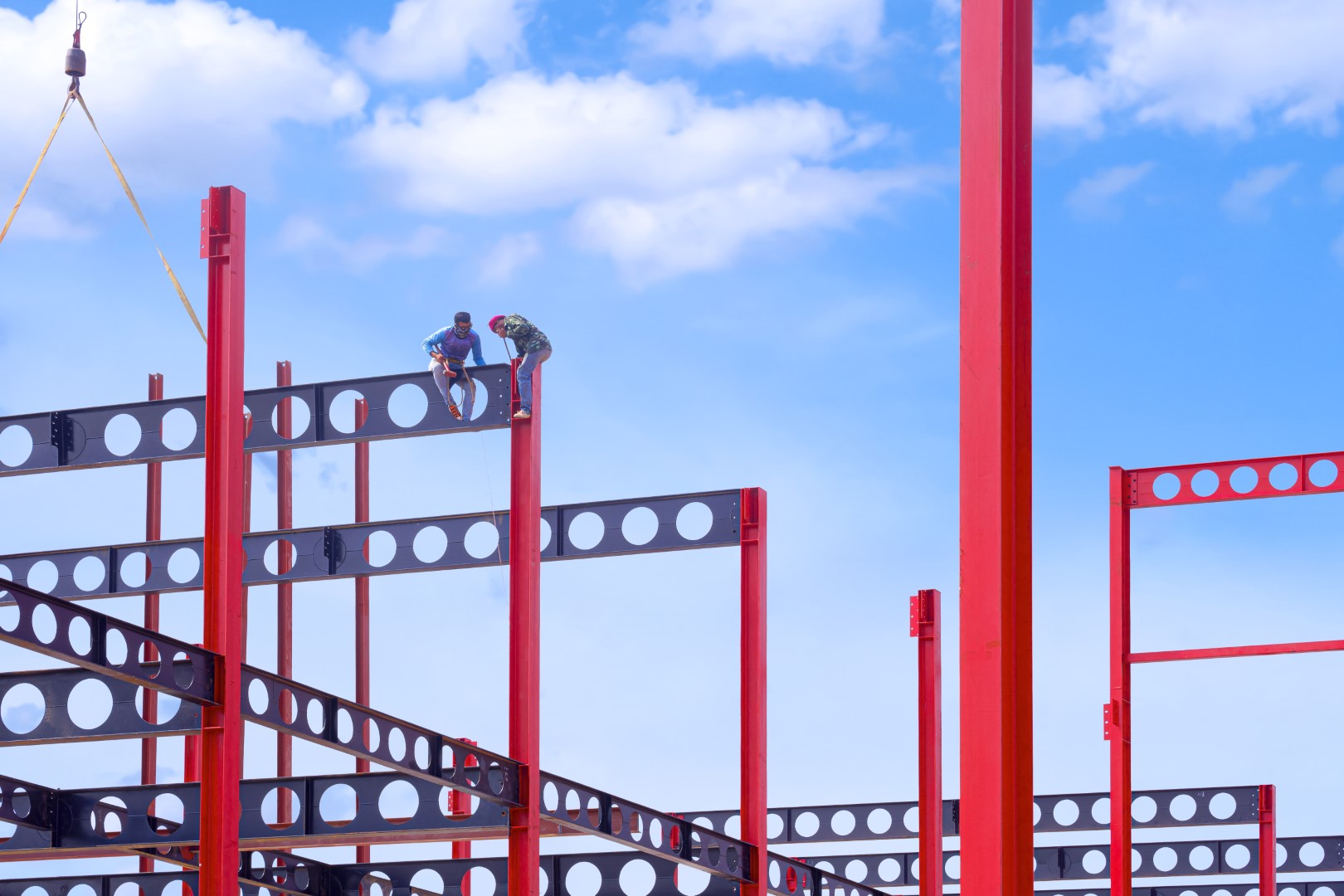In the dynamic construction world, choosing building materials is crucial for ensuring durability, safety, and resilience against the elements. Among these materials, fabricated steel stands out as a cornerstone in constructing tough and enduring buildings. Its remarkable advantages have revolutionized the construction industry, setting a new standard for strength and reliability.
Unparalleled Strength and Structural Integrity
Fabricated steel boasts unparalleled strength, making it a preferred choice for constructing robust buildings. Its exceptional structural integrity allows for greater load-bearing capacity, enabling architects and engineers to design structures that can withstand immense pressure and stress. The inherent strength of steel ensures the longevity and stability of buildings, even in the face of harsh environmental conditions such as earthquakes, hurricanes, or heavy snow loads.
Superior Durability and Longevity
One of the primary advantages of using fabricated steel in construction is its exceptional durability. Steel is highly resistant to corrosion, rust, and degradation, significantly extending the lifespan of buildings. Unlike other materials that may weaken over time due to exposure to moisture or pests, steel maintains its strength and quality, requiring minimal maintenance and repair.
Precision Engineering and Flexibility in Design
Fabricated steel from credible names like Metro Steel offers a high degree of precision in manufacturing, allowing for accurate assembly and construction. Its versatility and design flexibility enable architects to create innovative and complex structures easily. From skyscrapers to bridges, the adaptability of steel makes it possible to achieve architectural visions that were once considered impractical or unattainable using traditional building materials.
Sustainable and Environmentally Friendly
In an era where sustainability is a top priority, fabricated steel aligns with eco-friendly construction practices. Steel is a recyclable material, making it a sustainable choice for builders concerned about reducing environmental impact. Steel’s recyclability conserves natural resources and minimizes waste, contributing to a more sustainable construction industry.
Speed and Efficiency in Construction
The use of fabricated steel in construction significantly accelerates the building process. Prefabricated steel components are manufactured off-site precisely, allowing for faster on-site assembly. This streamlined construction process reduces project timelines, resulting in cost savings and quicker occupancy of the completed structures. The efficiency of steel construction also minimizes disruptions to surrounding areas, making it an ideal choice for urban development.
Fire Resistance and Safety
Steel exhibits excellent fire-resistant properties, enhancing the safety of buildings and occupants. Unlike some other building materials, steel does not contribute to the spread of fire. Its high melting point ensures structural stability under high temperatures, providing valuable time for evacuation and firefighting efforts in a fire emergency.
Cost-Effectiveness and Economic Benefits
While the initial cost of using fabricated steel in construction may seem higher than other materials, its long-term economic benefits outweigh the upfront expenses. Steel structures’ durability and low maintenance requirements result in reduced lifecycle costs. Moreover, the faster construction timelines translate into savings in labour and overall project expenses.
Adopting fabricated steel as a primary building material in the construction industry has transformed how structures are designed and built. Its unmatched strength, durability, sustainability, and cost-effectiveness make it an indispensable choice for creating rugged and resilient buildings that stand the test of time.
Discover more from Futurist Architecture
Subscribe to get the latest posts sent to your email.

![modern apartment [article_title]](https://www.futuristarchitecture.com/wp-content/uploads/2025/03/10-Bold-Tricks-to-Unfurl-Console-Table-Chaos-and-Ignite-900x600.jpg)

